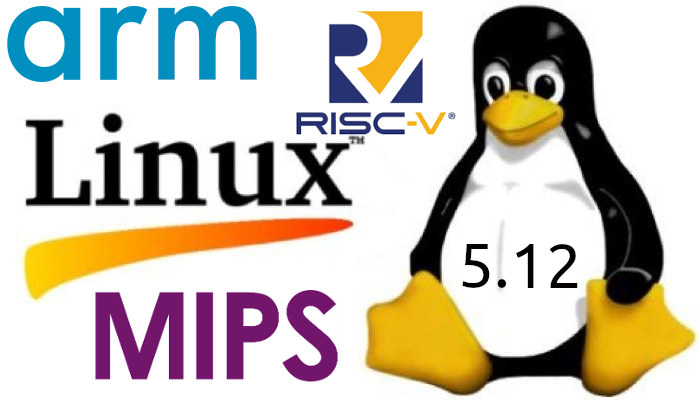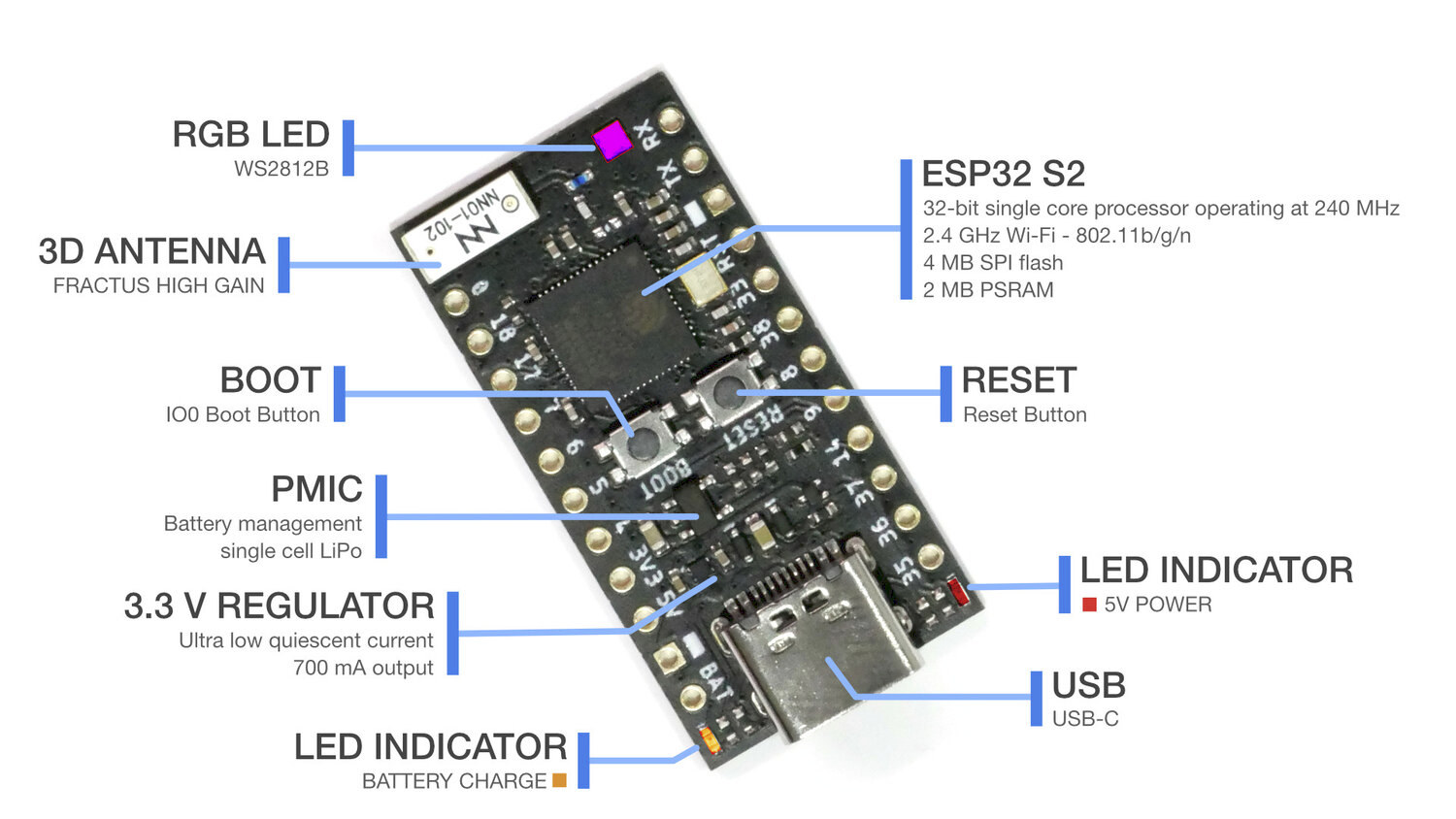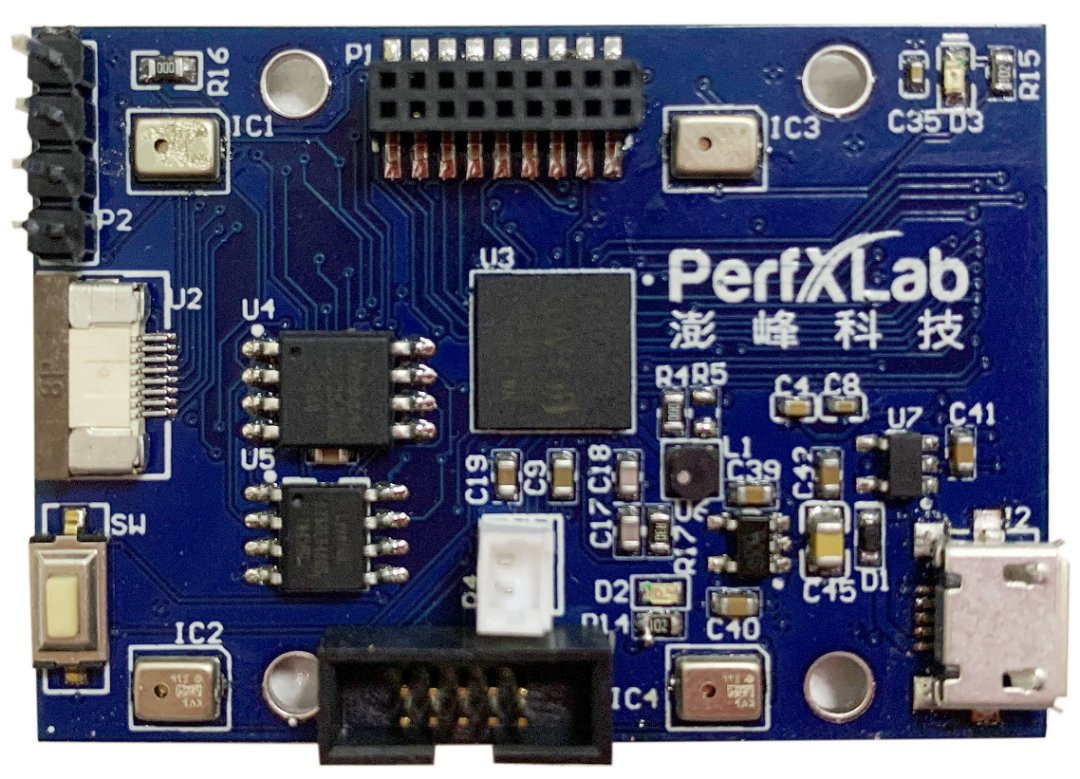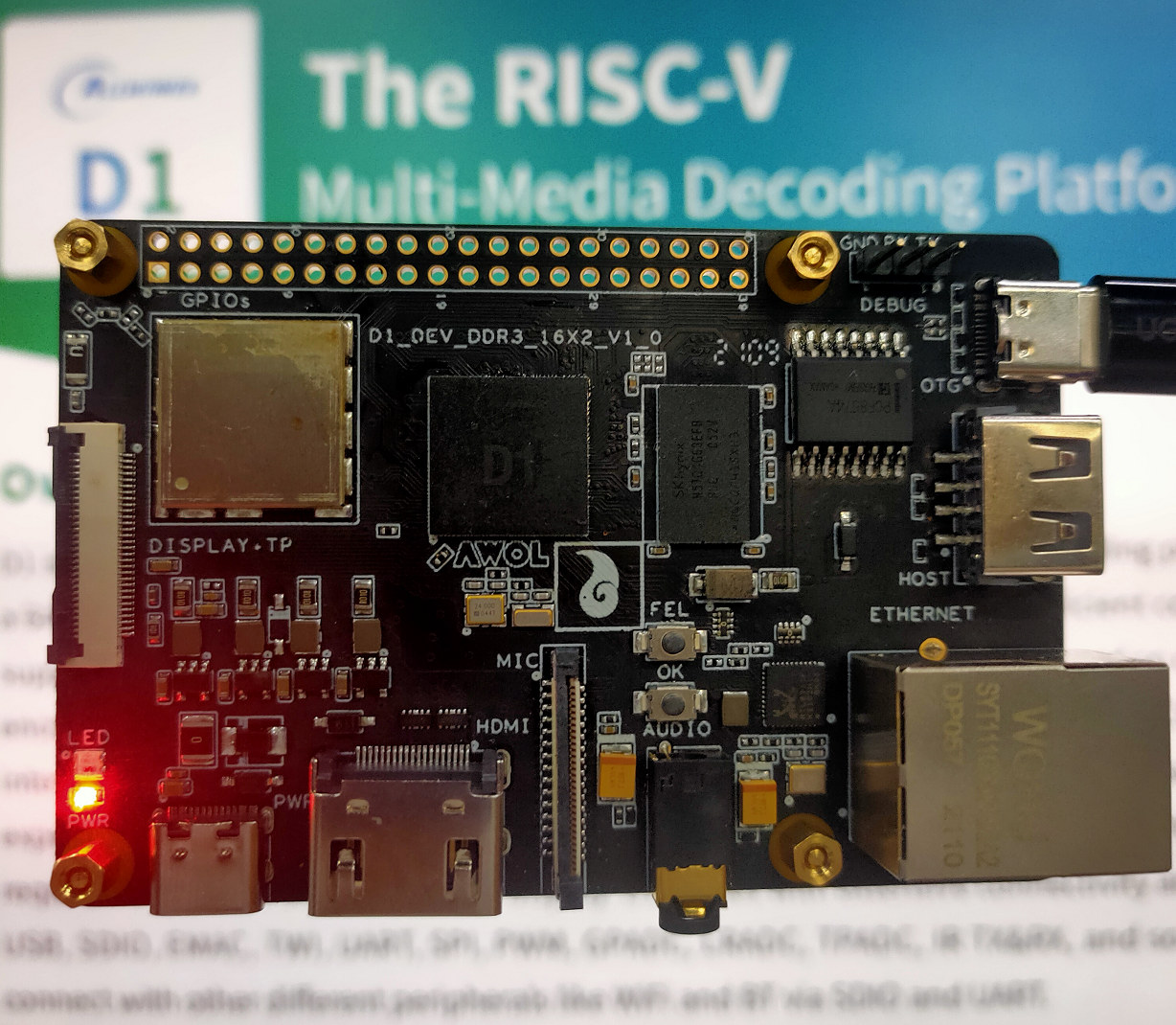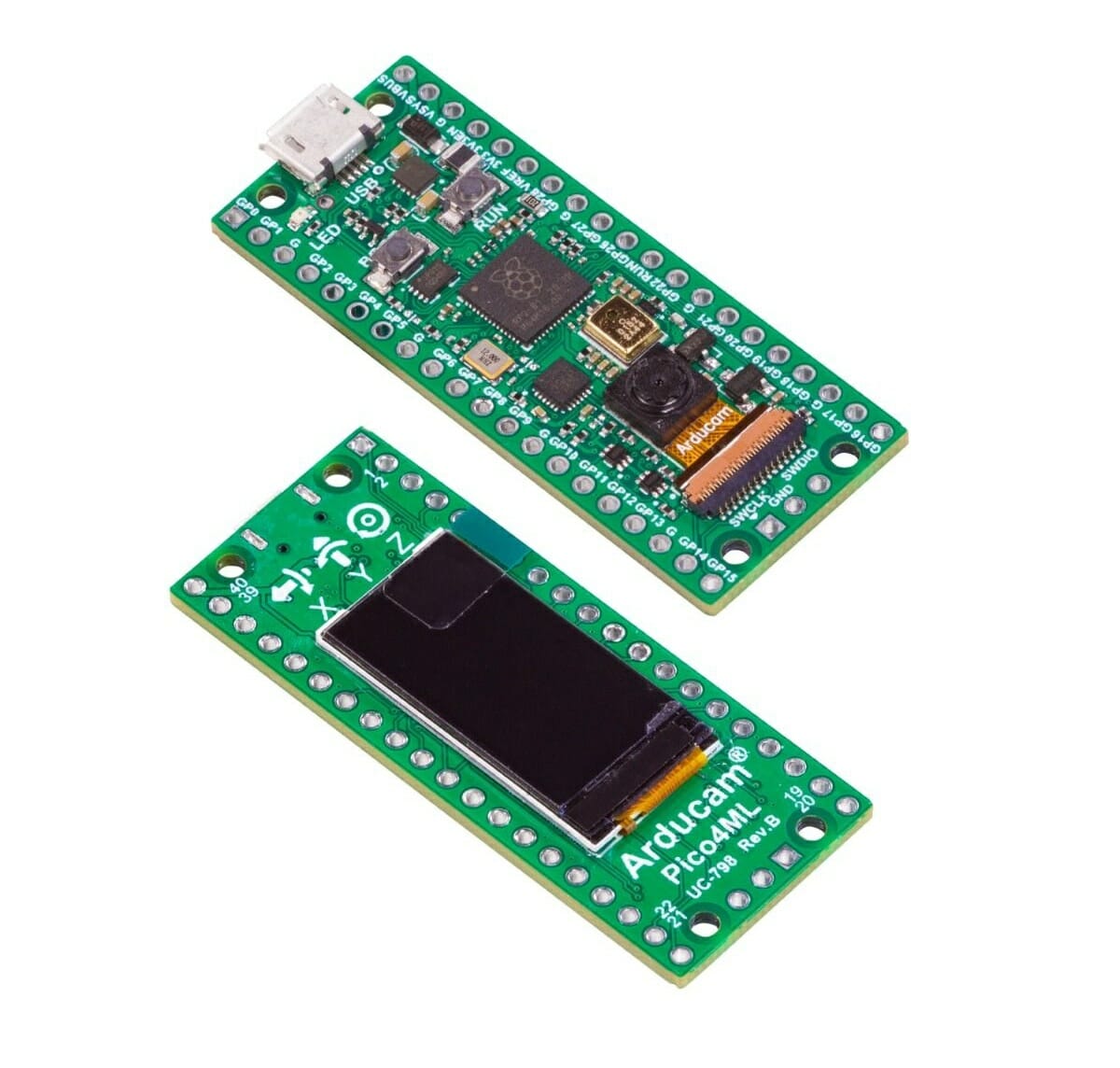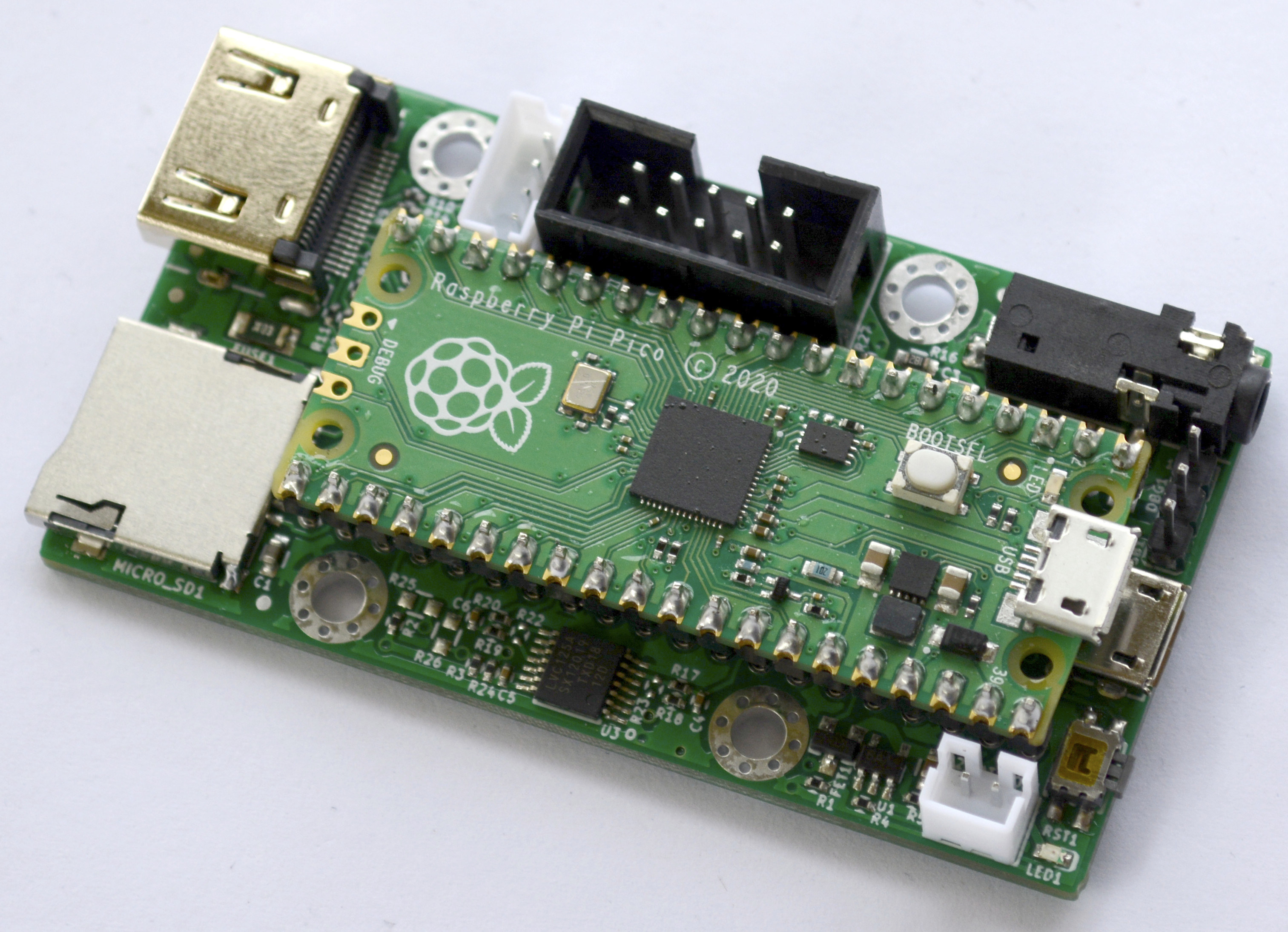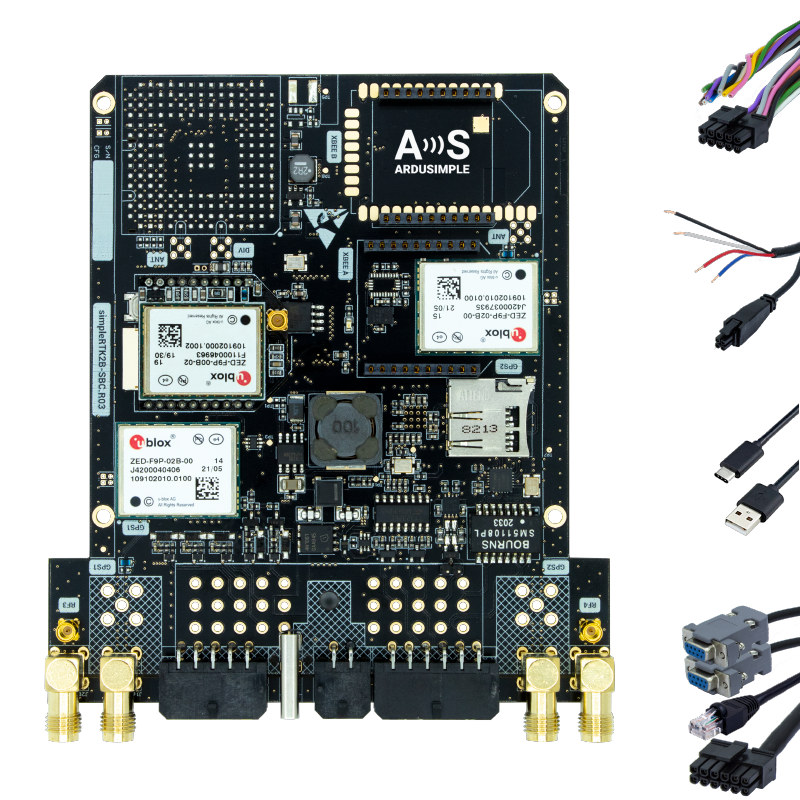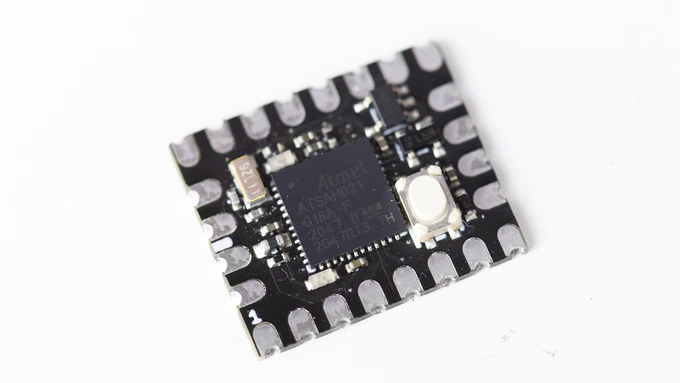Linux 5.12 release was expected last Sunday, but Linus Torvalds decided to release one more release candidate, namely Linux 5.12-RC8, to “make sure things are all settled down“, so the latest Linux kernel is now expected this weekend. Tihs should not yield any significant changes, so we can check what’s new in Linux 5.12, notably with regards to Arm, MIPS, and RISC-V architectures often used in SoC’s found in embedded systems. Around two months ago, the release of Linux 5.11 added support for Intel’s software guard extensions (SGX) and Platform Monitoring Technology (PMT), AMD “Van Gogh” and “Dimgrey cavefish” graphics processors, MIPI I3C host controller interfaces, and much more. Some interesting changes in Linux 5.12 include: Added support for ACRN hypervisor designed for IoT & embedded devices Added support for Playstation DualSense & Nintendo 64 game controllers, as well as Nintendo 64 data cartridges Dynamic thermal power management via a […]
TinyS2 ESP32-S2 board is designed for battery operation
Unexpected Maker has launched a follow-up to the ESP32 based TinyPICO board with TinyS2 board equipped with an ESP32-S2 WiFi processor featuring 4MB flash and 2MP embedded PSRAM. The new board is still designed with a LiPo battery charging circuit, comes with an onboard RGB LED, and while it is compatible with TinyPICO form factor, it has become a little longer with a 41 x 17.8mm footprint to accommodate for extra I/Os. TinyS2 specifications: WiSoC – Espressif Systems ESP32-S2FN4R2 single-core processor @ 240 MHz with 4MP SPI flash, 2MP PSRAM Connectivity – 2.4 GHz 802.11b/g/n WiFi 4 plus 3D antenna USB – 1x USB Type-C port for power and programming Expansion – 12 + 11-pin headers for up to 17x GPIOs, SPI, I2C, UART, ADC, DAC, 5V, 3.3V and BAT signals Misc – Boot and Reset buttons, battery charging status LED, power LED, user-programmable RGB LED that can be shut […]
Perf-V Beetle board features GAP8 multi-core RISC-V AI MCU
GreenWaves Technologies introduced the GAP8 low-power RISC-V IoT processor optimized for artificial intelligence applications in 2018. The multi-core (8+1) RISC-V processor is especially suitable for image and audio algorithms including convolutional neural network (CNN) inference. The same year, the company launched the GAPUINO development kit that sold and (still sells) for $229 with QVGA camera and a multisensor board with four microphones, an STMicro VL53 Time of flight sensor, an IR sensor, a pressure sensor, a light sensor, a temperature & humidity sensor, and a 6-axis accelerometer/gyroscope. But there’s now a much more affordable solution to evaluate GAP8 multi-core RISC-V MCU with PerfXLab Perf-V Beetle board. Perf-V Beetle board specifications: MCU – GAP8 IoT Application Processor with 8x RISC-V compute cores, 1x RISC-V fabric controller core delivering up to 200 MOPS at 1mW and >8 GOPS at a few tens of mW System Memory – 64 Mbit SPI SRAM (LY68L6400SLIT) […]
A first look at Allwinner D1 Linux RISC-V SBC and Processor
Last year, we reported that Allwinner was working on an Alibaba XuanTie C906 based RISC-V processor that would be found in low-cost Linux capable single board computers selling for as low as $12. The good news is that we won’t have to wait much longer as Allwinner D1 RISC-V processor is slated for an announcement next week, and a business card-sized SBC, also made by Allwinner, will become available in May. Some of the information is already available to developers in China, and CNX Software managed to obtain information about the Linux RISC-V SBC and Allwinner D1 processor. Allwinner D1 development board Let’s check out the board first which comes with the following specifications: SoC – Allwinner D1 single-core XuanTie C906 64-bit RISC-V processor @ 1.0 GHz with HiFi4 DSP, G2D 2D graphics accelerators Memory – 1GB DDR3 memory Storage – 256MB SPI NAND flash, MicroSD card slot Video Output […]
Arducam Pico4ML Board – TinyML on Raspberry Pi RP2040 with QVGA Camera & Display
A few months ago, ArduCAM demonstrated person detection on Raspberry Pi Pico with Arducam camera using TensorFlow Lite, and later we noted more work was being performed to bring machine learning to RP2040 platforms, notably with the development of Arducam Pico4ML board with a built-in camera and display. At the time, i..e last month, all we had were some renders of the board, but now Arducam Pico4ML pre-orders have launched for $49.99 on UCTRONICS and Tindie stores. Shipping is scheduled to start at the end of the month, so let’s have a closer look. Arducam Pico4ML TinyML devkit specifications: Microcontroller – Raspberry Pi RP2040 dual-core Cortex-M0+ MCU with 264 KB of embedded SRAM Storage – 2MB SPI flash Display – 0.96-inch LCD SPI Display (ST7735) with 160 x 80 resolution Camera – HiMax HM01B0 QVGA camera (320×240 @ 60fps) Audio – Built-in microphone Sensor – IDK ICM-20948 9-axis IMU (gyroscope, […]
Olimex RP2040-PICO-PC “computer” to feature RP2040-Py Raspberry Pi Pico compatible module
We previously wrote it was possible to create a Raspberry Pi RP2040 board with HDMI using DVI and programmable IOs to output video up to 640×480 at 60 Hz with the microcontroller’s Cortex-M0+ cores clocked at 252 MHz. At the time, we also noted Olimex was working on such a board with RP2040-PICO-PC designed to create a small Raspberry Pi RP2040 computer with HDMI/DVI video output. The Bulgarian company has now manufactured the first prototype, but due to supply issues with the Raspberry Pi Pico board, they also designed their own RP2040-PICO module since they’ve got a reel of Raspberry Pi RP2040 microcontrollers. RP2040-PICO-PC small computer board Specifications: Support for Raspberry Pi Pico board Storage – MicroSD card Video Output – HDMI port with DVI signal (note no audio through this interface) Audio output – 3.5mm audio jack Expansion UEXT connector with UART, SPI, I2C, 3.3V, and GND to attach […]
simpleRTK2B-SBC packs 3 u‑blox ZED-F9P RTK GNSS receivers for centimeter-level GPS positioning
Real-time Kinematic (RTK) relative positioning technique allows for 1-3cm positioning accuracy with data derived from satellite-based positioning systems such as GPS, BeiDou, GLONASS, Galileo, and NavIC. We’ve previously covered Skytraq PX1122R RTK GNSS module as well as SBG Systems Ellipse-D industrial-grade inertial navigation system featuring the technology, and now Spain-based ArduSimple has announced the simpleRTK2B-SBC single board computer that aims to “simplify the development of centimeter-level positioning solutions supporting real-time kinematics (RTK)” via up to three u‑blox ZED-F9P RTK GNSS receivers. simpleRTK2B-SBC board features & specifications: MCU – STMicro STM32F7 Cortex-M7 microcontroller GNSS Positioning 184-channel u-blox ZED-F9P engine Configuration options 2x ZED-F9P for position + heading 3x ZED-F9P for position + full attitude (roll, pitch, yaw) Navigation rate up to 20Hz Position accuracy down to 1 centimeter GPS: L1 & L2; GLONASS: L1OF & L2OF; Galileo: E1 & E5b; BeiDou: B2I & B2I; QZSS and SBAS Up to 4 integrated […]
Minima is a tiny Arduino Zero compatible module with SAMD21 MCU (Crowdfunding)
We’ve covered a fair amount of compact Arduino Zero compatible boards based on SAMD21 Cortex-M0+ microcontroller over the years including Exen Proto, Wemos D1 SAMD21, or Seeeduino XIAO with the latter being the smallest of them all at just 23.5 x 17.5 mm. All those boards come with a USB port (Micro USB or USB-C) by default that makes it easy to work with, but may not be ideal to integrate into projects or final products. That may be why Hamish Morley designed the Minima Arduino Zero compatible module with a size even smaller than the XIAO board at 19.8 x 16.6 mm, and the USB interface exposed through 4 pads instead of a connector. Minima specifications: Microchip SAMD21G18A 32-bit Arm Cortex-M0+ microcontroller @ 48 MHz with 256KB of flash storage, and 32KB of SRAM Expansion – 24x castellated pads (2.54mm pitch) with 18 GPIO pins, including 5x analogue capable, […]

